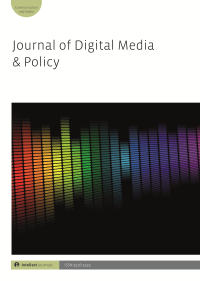
Full text loading...


This article explores the internet circulation of crime drama and the implications for European popular culture. It focuses on scripted television formats as potentially commercially sustainable vehicles of cultural hybridization. The research finds that although quantitatively speaking crime format localizations are a tiny portion of what is currently produced in Europe, these products still hold the potential to disseminate interesting stories that embody diverse values from a wide range of European countries. Formats have the potential to increase diversity rather than erase specificity. The ability of technological advances and new distribution avenues to increase the diversity of actual cultural experiences should not be overestimated, and with no media policy that tackles issues of inequality of access and geopolitical unbalances, European non-national products will likely continue to be consumed mostly by a minority from the highly educated middle/upper-middle classes. The exposure to the diversity of European culture will therefore be limited to these social groups.

Article metrics loading...

Full text loading...
References


Data & Media loading...
Publication Date:
https://doi.org/10.1386/jdmp_00113_1 Published content will be available immediately after check-out or when it is released in case of a pre-order. Please make sure to be logged in to see all available purchase options.